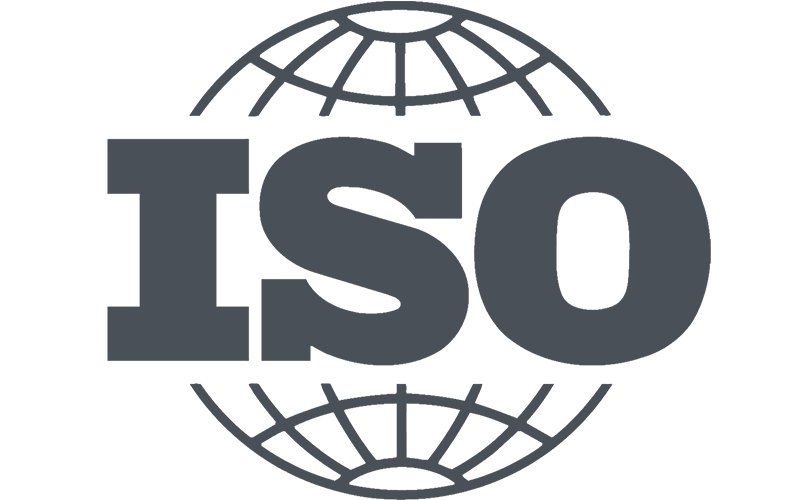市場 分析
刻々と変化する水素市場を明確に把握することは、非常に困難な作業です。しかし、豊富な調査、事実確認、分析に加え、広範なラボテストから得た独自の知識と洞察により、トリトンハイドロジェンは、水素を最も安全な形で普及させるために、市場のパターンと行動の変化をモニターし続けることができます。
以下は、進化する水素の世界について重要な洞察を与えてくれる、さまざまな著名な専門家や研究者による分析の一部である。
レポート

水素漏れ:水素経済にとっての潜在的リスク
水素はエネルギーシステムの脱炭素化において重要な役割を果たすと期待されている。2022年6月現在、世界各国の政府によって30以上の水素戦略やロードマップが発表されている。水素は存在する分子の中で最も小さく、物質を容易に通り抜けるという事実に基づき、潜在的な安全問題として認識されてきた。しかし今日まで、大気中のメタンや他の温室効果ガス(GHG)の寿命を延ばすメカニズムを通じた水素の間接的な地球温暖化効果によって、水素漏洩が気候変動に寄与する可能性については、ほとんど注目されてこなかった(Paulot et al.)

水素脆化を防ぐ:水素経済におけるバリアコーティングの役割
水素バリアコーティングは、水素の拡散性や溶解性が低い材料からなる保護層であり、水素の透過を遅延、低減、または妨げる可能性を示す。水素バリアコーティングは、水素脆化の影響を受けやすい鋼材、特に費用対効果の高い低合金鋼や軽量高強度鋼を、水素経済への応用を可能にすると期待されている。主に、酸化物、窒化物、炭化物を含むセラミックコーティング材料がこの目的のために研究されてきた。この総説では、様々なコーティングの水素透過に関する技術的な現状について述べる。アルミニウム2O3TiAlNとTiCは、多くのセラミック材料の中から最も有望な候補であると思われる。コーティング法については、適切な品質の層を形成する能力と、工業用にスケールアップする可能性に関して比較した。気体水素と電気化学反応に由来する水素の両方を用いて、水素透過性の特性を評価するためのさまざまなセットアップについて議論する。最後に、水素バリアコーティングの改良と最適化の可能性について概説する。

水素透過バリア:基本要件、材料選択、成膜方法、品質評価
原文:Jožef Stefan Institute, JSI, Jamova cesta 39, 1000 Ljubljana, SloveniaのVincenc Nemanič。
安定した透過バリアは、バルク水素の溶解度と拡散率が最も低い材料から探索される。ベリリウムやタングステンのような特定の純金属のほか、緻密な酸化物、窒化物、炭化物が主に研究されてきた。よく接着した完全なバリアーを調製するためのコーティング技術は、材料の選択そのものと同様に重要であることは明らかである。最も魅力的なのは、単に酸化させるだけでアドレイヤーが形成される技術である。他の方法では、強い電界や磁界のある特殊なガス環境が必要であり、広い面積や凹凸のある領域に均一に密着させるには限界がある。達成されたバリア性能の評価もまた困難な課題である。非常に低い濃度でバルク中の水素同位体を追跡できるいくつかの新しい方法は、その移動度の決定においてしばしば失敗する。また、バリア欠陥の役割を明らかにすることもできない。コーティング膜を通した古典的なガス透過速度法は、実際の水素透過バリア(HPB)効率を決定するための最も信頼できる選択肢である。高温で、水素の上流圧がかなり高い状態にさらされたコーティング膜の下流側で、水素透過速度を記録する。最新の真空計測技術を用いることで、最も効果的なバリアであっても、その特性を十分に評価することができる。

マッキンゼーのサステナビリティ:ネット・ゼロの未来における水素の役割に関する5つのチャート
水素はカーボンフリーのエネルギー・キャリアとして大きな可能性を秘めている。ここでは、この広く応用可能な技術の背後にある勢いを見てみよう。 水素は、2050年までに世界が排出量ゼロを達成するために、中心的な役割を果たす可能性がある。 排出量ゼロを2050年までに達成するために、水素は中心的な役割を果たすだろう。再生可能エネルギーやバイオ燃料など、他のテクノロジーを補完するものとして、水素は次のような可能性を秘めている。 鉄鋼、石油化学、肥料、大型モビリティ(オンロード、オフロード)、海運、航空などの産業を脱炭素化し、フレキシブルな発電をサポートする可能性がある。2050年には、水素は世界の年間排出削減量の20%以上に貢献する可能性がある。 広範なエネルギー転換における水素の潜在的な役割については、マッキンゼーと水素協議会(Hydrogen Council、140社以上の企業が参加するCEO主導のグローバル・イニシアチブ)が共著した一連の業界報告書で検討されている。報告書では、水素の需要が現在の電力、ガス、化学、燃料の各市場をどのように再編成しうるか、水素製造、特にクリーン水素(再生可能エネルギーや低排出ガス対策によって製造される水素)の製造規模を拡大する必要性、ネットゼロ目標を達成するために今後10年間に何が起こるべきか、などを探っている。 水素の勢いはこの1年で加速している。 水素インサイト 2022最近発表された水素産業の現状についての見解。投資もプロジェクト開発も活発化している。しかし、資金ギャップは依然として残っている。

